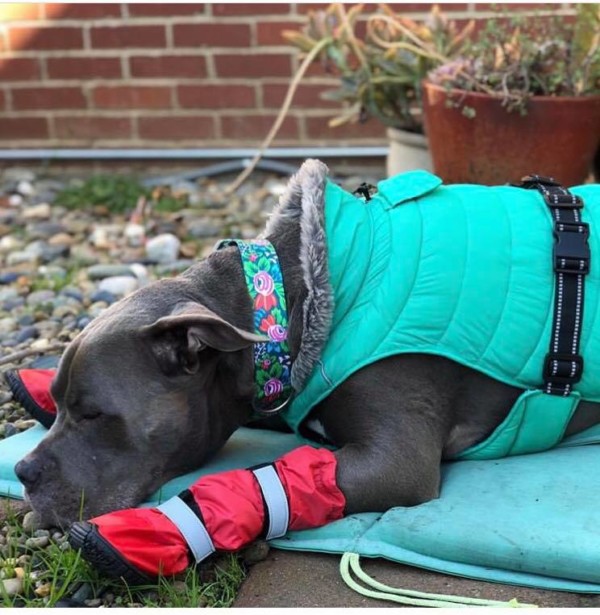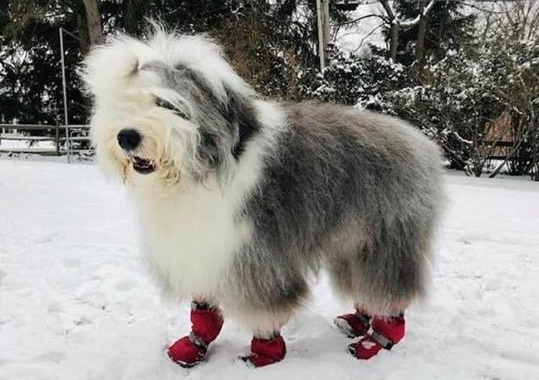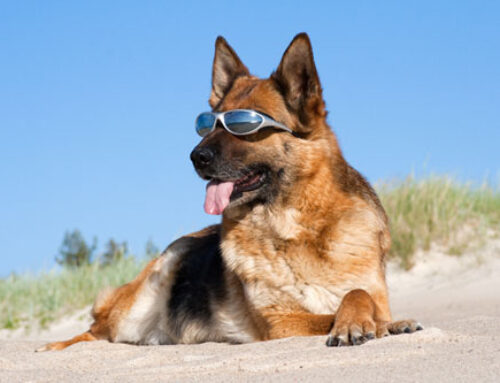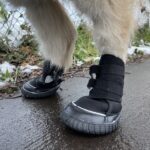Do Dogs Really Need to Wear Winter Boots?
Despite dogs being animals, many dog owners consider and treat them as members of the family. We may offer special diets for our pets, take them on outings to the park and even take them on family vacations. So when we dress ourselves warmly for winter shouldn’t we consider protecting our dogs as well? Whereas dog boots were once considered a novelty for small or lap dogs, today they can be seen on the feet of many sizes and breeds of dogs. Here are some interesting facts on cold weather footwear and why they’re necessary.
How To Determine If Your Dog Needs Boots
Boots can be a real lifesaver for dogs living areas in cold and snowy winters, but they’re not necessarily for every dog. Different factors will determine if the dog needs special footwear for winter.
• Temperature outside
• Amount of time the dog spends outside
• How sensitive the dog’s feet are to cold
• How the dog tolerates the boots
• If the dog will be exposed to snow melting chemicals
Some dogs have a better tolerance to cold than others. A sure sign that your dog may need dog snow boots is if he lifts his paws up after being outside for a short amount of time. A dog who enjoys running around in the cold is not likely to feel the cold as quickly as a dog who spends his time sitting or standing in one place. Watching your dog’s behavior when he’s outside can give you a good idea if his feet need more protection. We live in Florida, but I’ve taken my dog Max on vacation in snow before. He literally stands there like he is frozen to the ground. He doesn’t walk at all. He needs boots.
Keep in mind that dogs aren’t always aware of what’s good for them and what can be harmful. Even if your dog seems to enjoy being outside in the cold, you may still want to limit the time spent outside in cold temperatures or consider getting him some winter boots. The long-haired dog generally has long hair on the paws. While you might think the long hair offers extra protection, that’s not necessarily the case. Snow can accumulate on the hair and quickly freeze. If the dog’s paws aren’t wiped off, they can become cold very quickly. And consider the nightmare of trying to get those snowballs off the paws and legs once the dog comes back inside! At the same time, short-haired dogs will feel the cold even quicker.
Why Winter Dog Boots are Necessary
Winter footwear is more than just a fashion statement, although, they do look cute on many dogs! They keep the dog’s paws dry and protected against ice, snow and stones. Many sidewalks and driveways have salt and chemicals to melt the snow and keep the sidewalks from being too slippery. The salt can be very abrasive to the bottom of your dog’s paws. It’s important to wash and dry your dog’s paws if they’ve stepped on any abrasive surfaces or any snow melting chemicals. Dog boots will certainly save a trip to the vet and will also help you save money on vet bills!
When the snow gets on your dog’s paws, it can build up between the paw pads, which can bring the dog not just loss of traction on ice but also discomfort. Booties can prevent this from happening and can also prevent snow from being on their feet long enough to freeze up and hurt the dog. Lastly, winter boots can also keep the snow from melting from your dog’s feet and onto your floors.
Tips When Buying Winter Boots
When buying your dog winter footwear, it’s important to not just look for color and style. Make sure the dog is comfortable. Dogs can be stubborn animals, and if they don’t like the boot, they won’t wear it. If your dog does a lot of running around, you may want to get boots that offer extra traction. Consider purchasing a couple pair of winter boots so the dog always has a clean dry pair to wear. With these tips in mind, you can help your dog have a happy and healthy winter! If you are wearing boots in the snow, your dog probably should too. Protect paws from cold, rain, snow and nasty road chemicals.

















Leave A Comment